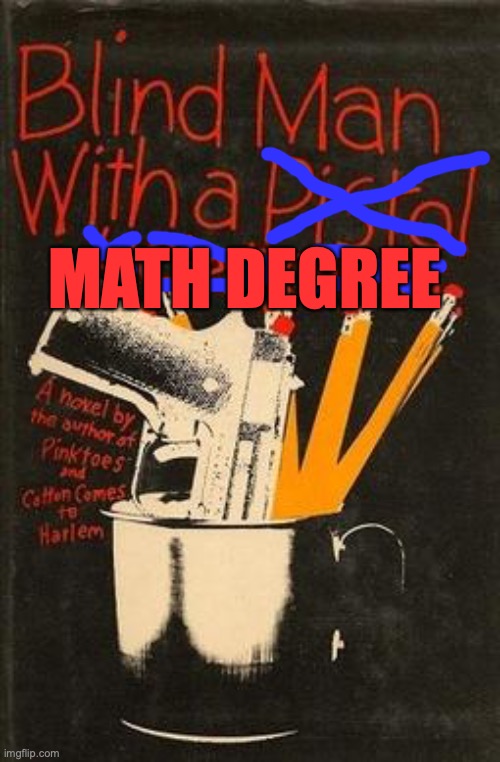 |
| Entrance to Benedict College, where the cross burning incident occurred Russell Maxey Photograph Collection |
The political attacks on faculty at Allen University and Benedict College began in spring 1957. The semester before that Benedict was subject to a racial incident that made the regional news. Late on the night of August 30, 1956, a group of six White teenagers drove to the entrance of the college and burned an eight-foot tall cross. This act would have been understood by everyone to have been an act of racial intimidation as cross burnings were a practice associated with the Ku Klux Klan.
The cross-burning was observed by five witnesses, one of whom recorded the license number of the automobile the teenagers were driving. The day after the incident police arrested six people connected to the car. The teenagers were released later that day under a $500 bond.
The teenagers had been arrested under a 1951 state anti-Klan law that forbid the burning of crosses or wearing of masks in public. The law carried a maximal penalty of a $500 fine and six months in jail. The law had been proposed by governor Byrnes a few years before the Brown v. Board of Education court decision. This was a time when South Carolina politicians were promoting moderation and improved treatment of African Americans as a way to deflect national criticism of segregation. The anti-Klan law was part of these efforts as it was intended to legitimize the state government by demonstrating a commitment to the rule of law.
Legal proceedings against the teenagers dragged out for half a year. While everyone had been released on bond, the teenagers would have been under considerable public pressure. The State newspaper published the names and addresses of four of them (withholding the names of two who were under the age of eighteen). However, in the end, the teenagers got off lightly. The case was sent to Judge William H. Grimball in the Richland County General Sessions Court. The boys pleaded "nolo contendere" (accepting conviction without admitting guilt) to the charges after their lawyer argued that they did not know that cross burning was illegal. The teenagers promised they would not repeat the act, and the judge dismissed the case.
 |
| South Carolina Governor Byrnes after signing the anti-cross burning bill into law The State newspaper, April 11, 1951, p. 8 |
The teenagers who were arrested were Lewis W. Branham, John R. Freeman, Jerry (or Cecil J.) Finley, Robert J. Sharpe, Heyward F. Holton, and Warren E. Johnson. Everyone except possibly Warren had been a student at the University High School, a White school that operated on the University of South Carolina campus until the 1960s. At the time of their arrest, several were upperclassmen at UHS, while others were recent graduates. In particular, John Freeman had graduated and was about to leave the city to attend Georgia Tech.
None of the teenagers appear to have been anything like a juvenile delinquent. To the contrary, they appear to have been popular and successful high school students. For example, Louis Branham was voted "friendliest" during his senior year, and Robert Sharpe was voted "best personality." The backgrounds of the teenagers were mixed. Jerry Finley and Robert J. Sharpe appear to have had working class parents. Jerry's father was a pipe fitter, and Robert's was a welder. Others were from prominent families. John Freeman's father was the president of the Palmetto Battery & Electrical Company.
For the teenagers, their arrests seem to have had limited long-term impact. For example, Heyward Holton went on to attend Columbia Commercial College and then worked for city government (via the Board of Assessment Control). When he was married in 1959, The State published a long superlative article on his wedding. Most successful of the six appears to have been John Freeman. At the time of his arrest, John was about to begin his studies at Georgia Tech. He was able to attend the university and remained there for a number of years, ultimately earning an engineering PhD. Regional newspapers regularly reported on his academic and professional accomplishments and made no mention of his 1956 arrest.
 |
| Yearbook photo for Lewis Branham University High School 1956 Bantam yearbook |
 |
| Yearbook photo for John Freeman University High School 1956 Bantam yearbook |
 |
| Yearbook photo for Jerry Finley University High School 1956 Bantam yearbook |
 |
| Yearbook photo for Robert Sharpe University High School 1956 Bantam yearbook |
 |
| Yearbook photo of Heyward Holton University High School 1956 Bantam yearbook |




